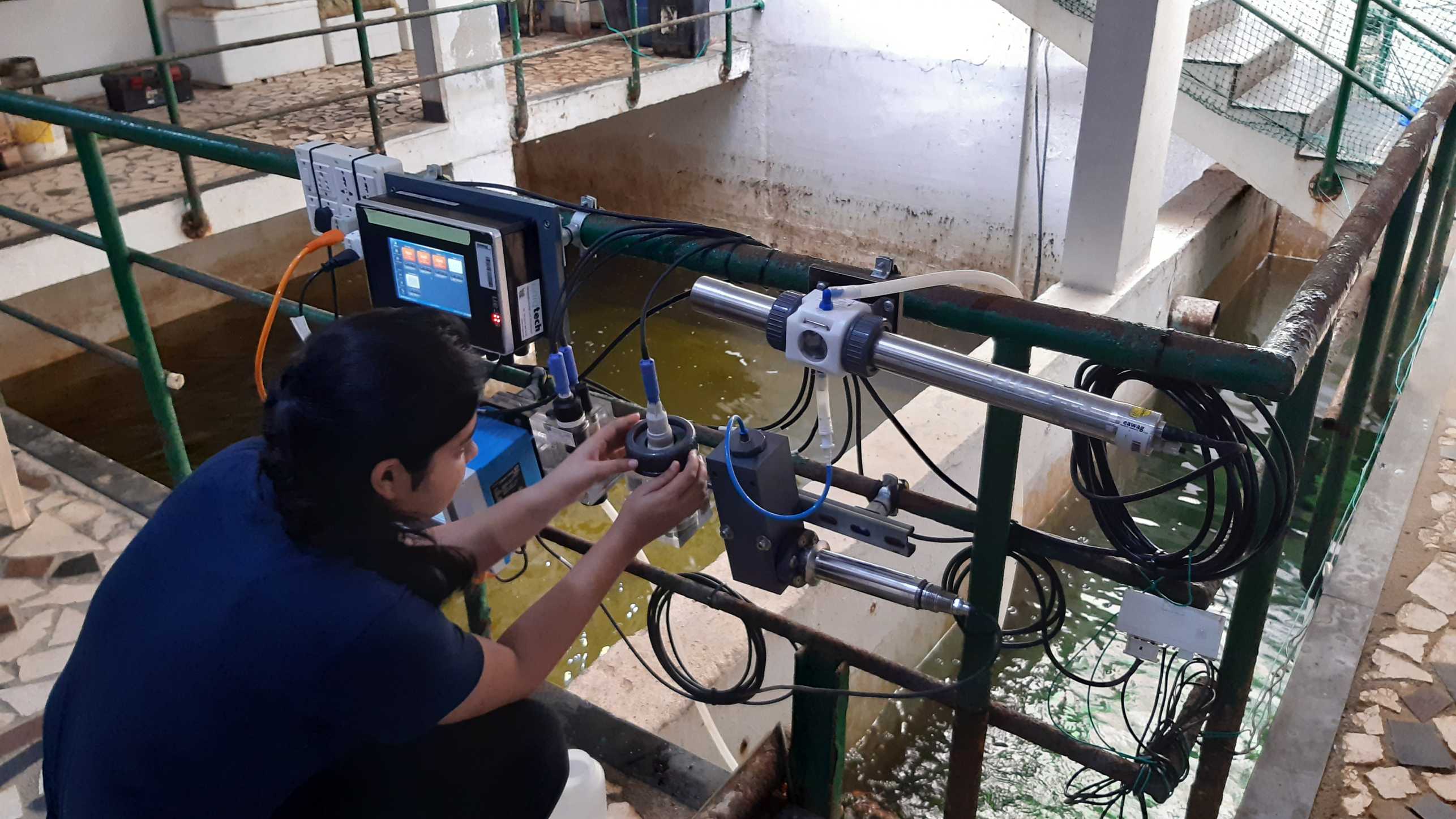Research Brief: Microbial Water Quality in On-Site Sewage Treatment Plants in Bengaluru
In a new Research Brief, Eva Reynaert and Eberhard Morgenroth from the Institute for Environmental Engineering at ETH Zurich and the Process Engineering Department at Eawag explain how the use of sensors and automated chlorination can improve microbial water quality in on-site water reuse systems for increased user safety.

In urban India, rising water scarcity and increasing pressure on water supply utilities have prompted the use of treated wastewater as an alternative source. Since 2004, the local regulatory authority in Bengaluru mandates 100% wastewater treatment and onsite reuse for large apartment buildings. Today, more than 3,000 on-site wastewater treatment plants recycle water, which is mostly used for landscaping and toilet flushing. However, there is limited information on short-term variations of the microbial water quality from such on-site water reuse systems, as the water quality is only measured once per month. This may be problematic because insufficiently treated wastewater can pose a health risk to users.
As part of an ETH4D Research Challenge, a recent study evaluated the microbial water quality from on-site water reuse systems in Bengaluru and investigated strategies to improve the microbial water quality. The main results are summarized in a external page Research Brief that can be downloaded through the ETH Research Collection.
The Research Brief reveals that there are short-term variations of the microbial water quality that may endanger user health. However, it is possible to optimize treatment processes and ensure the provision of safe recycled water without requiring significant modifications to existing treatment plant designs. The Research Brief describes two specific recommendations:
- 1. Optimize the biological wastewater treatment to allow for more efficient disinfection with chlorination.
- 2. Use sensors and automated chlorination to ensure safe waters at all times.
This study was a collaboration between the external page Ashoka Trust for Research in Ecology and the Environment, external page Eawag and ETH Zurich.